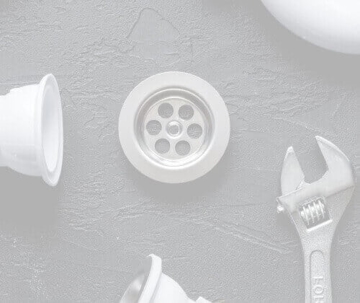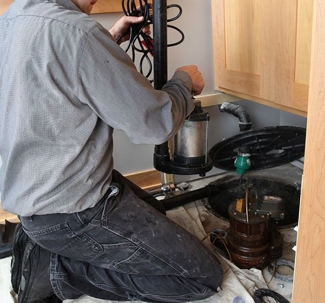It is important to leave plumbing matters to the professionals, but there are somethings homeowners must know about their plumbing system. Keep reading for the top five things you should know about your home’s plumbing.
How Old Is Your Water Heater?
For those with a water heater, it is easy to forget or disregard the age of your water heater especially if you have not replaced it since you purchased your home. However, the age of your water heater could be crucial to the longevity of your plumbing system.
The age of your water heater is important information because:
- The validity of your warranty
- Whether you need to replace it
- When regular maintenance is due
- Home insurance coverage
If it is time to replace the water heater, you should do so as soon as possible. If your water heater has a few years before recommended replacement, you should contact a plumber about regular maintenance and get their recommendation for when to make a replacement later on.
Additionally, if the water heater is too old it may also be past warranty, or your home insurance plan may not cover damage that results from a breakdown.
Locating Your Water Valve
In case of emergencies like flooding or overflowing, you should know where your 3water valve is and how to shut it off to prevent worsening conditions. If a toilet is overflowing or a washer is flooding, it is crucial that you stop the flow at the source as soon as possible. Flooding can damage your home beyond repair and cost you dearly. Knowing where the valve is and how to turn it off is important for the safety of your home and the lifespan of your plumbing system.
What Your Incoming Water Pressure Is
Most people only think about water pressure when they are taking a shower, but water pressure is an indicator of far more. Proper water pressure preserves your pipes, and the entire system depends on water flow.
If water pressure is low, it could be an indicator that there may be:
- Leaky pipes
- Pipe corrosion
- Poor water distribution
- Mineral buildup
- Valve or regulatory malfunctions
- Clogged pipes
On the other hand, high water pressure may also be an indicator of issues like:
- The home is at a lower elevation than the water source
- The water pressure regulator is broken
- There is too much water flowing into the plumbing system
Understanding water pressure is important because fluctuations could include signs of bigger issues down the line.
How To Clean Your Pipes
One of the simplest things a homeowner can do to preserve their plumbing system is properly clean their pipes. However, while this is a simple fix, if done improperly, can cause more damage. There are countless products marketed as pipe cleaning agents and tools that supposedly help homeowners to keep their pipes clean, but the reality is many of these products harm plumbing systems over time. Popular drain cleaners often erode pipes over time and may lead to leaks and flooding.
Take Care of Your Plumbing System
It is important to know how your home plumbing system works and how you can maintain it. However, when issues arise, the best way to protect your home is by choosing a qualified plumber. Mallick Plumbing & Heating, Inc. is the service contractor of choice for residential and commercial plumbing in Gaithersburg. When you need dependable plumbing services, choose Mallick Plumbing & Heating, Inc.
Call today and protect your home.


